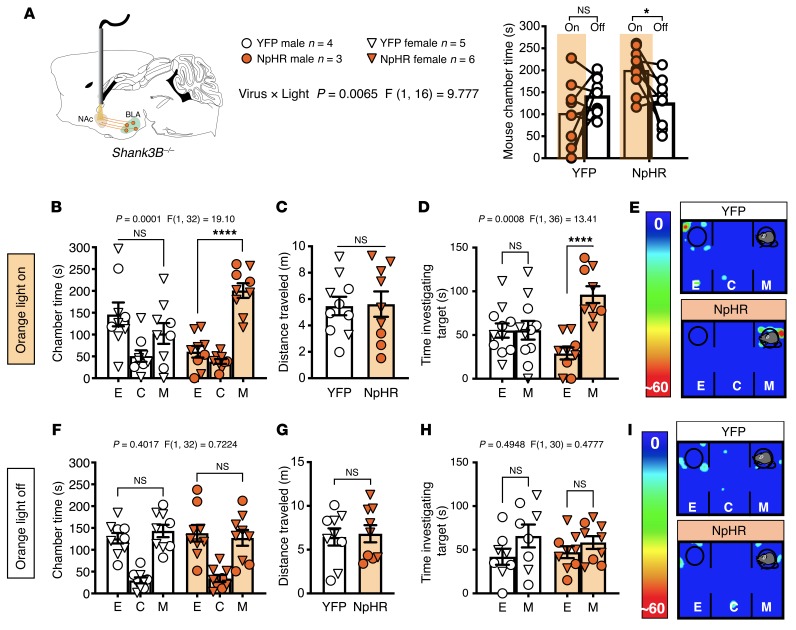Figure 6. Inhibition of the BLA-NAc circuit normalized SI deficits in Shank3B–/– mice.
(A) Shank3B–/– mice expressing NpHR in the BLA with bilateral orange light stimulation delivered to the NAc spent significantly more time in the mouse chamber during orange light delivery (On) compared with light Off conditions (*P = 0.0230). YFP animals did not show a preference for the mouse chamber (NS, P = 0.2529). (B) Shank3B–/– mice expressing YFP under light On conditions did not exhibit social preference (NS, P = 0.2831), while animals that express NpHR had a preference for the mouse chamber (****P < 0.0001). (C) No effect on distance traveled was observed (NS, P = 0.9057) in the light On paradigm. (D) Mice that express NpHR had a significant increase in time investigating the mouse cup under light On conditions (****P < 0.0001). (E) Representative heatmaps under light On conditions. (F) Neither YFP (NS, P = 0.7166) nor NpHR (NS, P = 0.8731) Shank3B–/– mice showed mouse chamber preference (H) or preference for time investigating the mouse target (YFP NS, P = 0.1617; NpHR NS, P = 0.6193) under light Off conditions. (G) There were no effects on distance traveled under light Off conditions (P = 0.7959). (I) Representative heatmaps under light Off conditions. YFP n = 9, and NpHR n = 9 (B–D, F–H). Data analyzed via 2-way mixed-effects ANOVA with Holm-Šídák multiple-comparisons test (A, B, D, F, H) or unpaired, 2-tailed t test (C, G). P and F values for light × virus interaction shown in A and chamber × virus interaction shown in B, D, F, and H.

